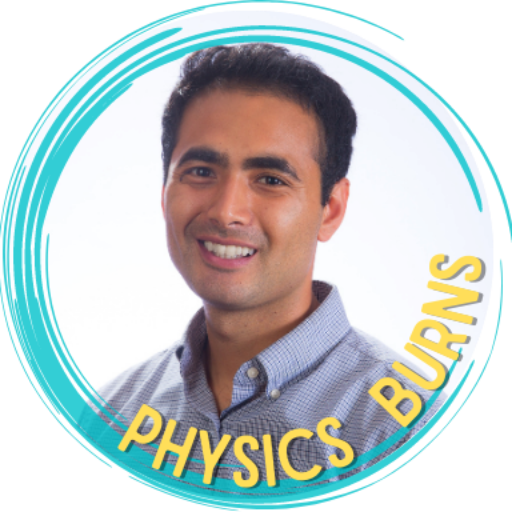When I first started teaching, labs were an absolute nightmare. Here’s how the typical lab would go:
1) It would take about 10 minutes to give verbal instructions for the purpose, steps, and expected results of the lab, all while using confusing terminology about different lab equipment and concepts.
2) The students would get their lab worksheet, and about 80% of them had absolutely no idea what to do.
3) Throughout the lab, I’d constantly be bombarded with questions, many of which I had already gone over at the beginning of class or were clearly written down in the instructional packet.
4) I’d end up frustrated and aggravated with all the confusion, and most of the students didn’t seem to grasp the point of the lab; they were just going through the motions with no understanding of why they were doing what they were doing.
Does this look familiar?
Fast forward to today, and lab days are my absolute favorite. I now start the day with just 5 minutes of instruction, and I probably get around 10% of the questions I used to receive. Most importantly, the students seem to actually be learning physics, not just blindly following directions.
What’s the secret to this transformation? It’s all about providing explanations of the lab with visuals through the use of videos.
In this 5-minute video, I explain how using videos has revolutionized my labs and share examples of how you can do it too.







